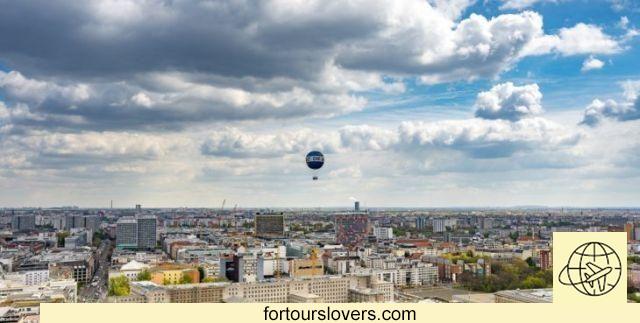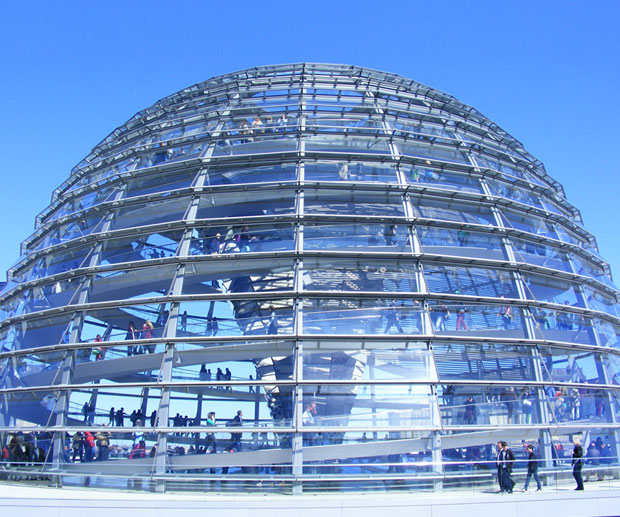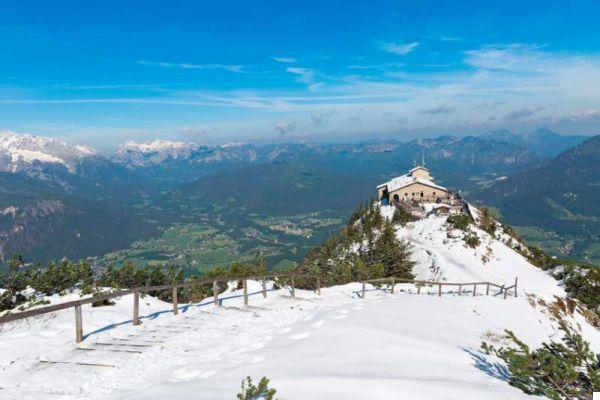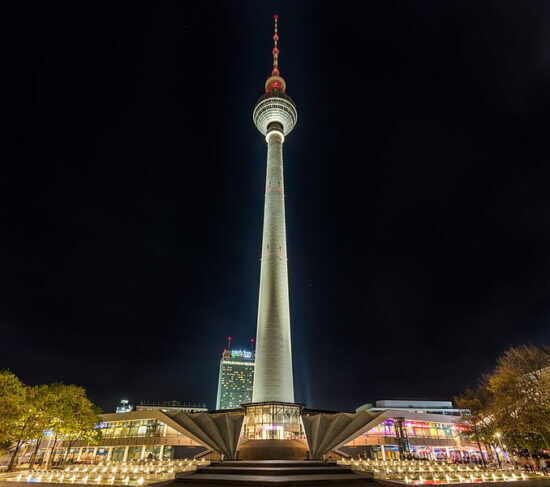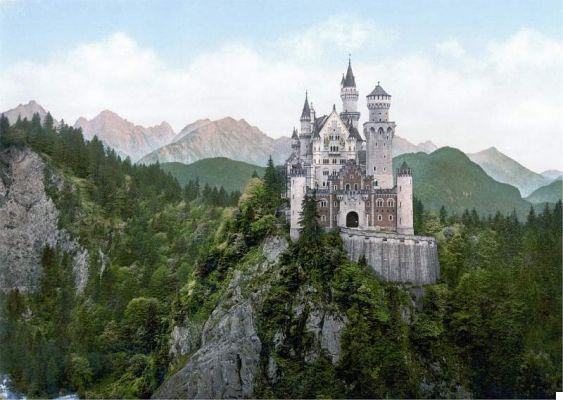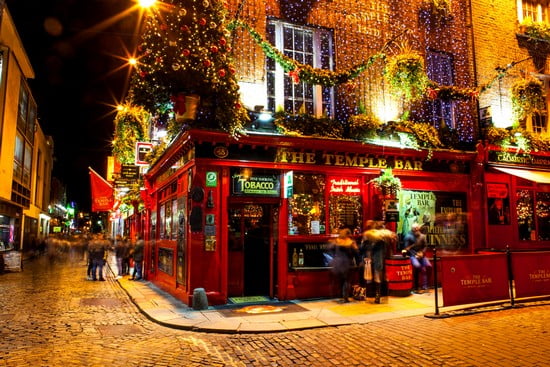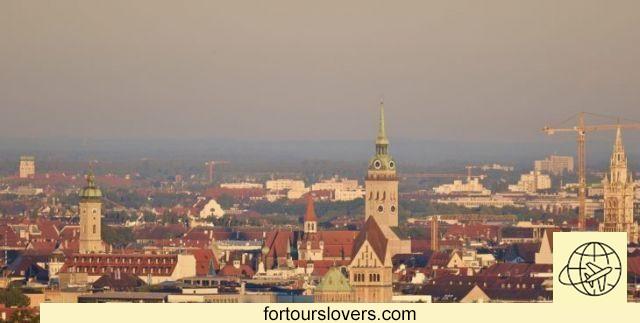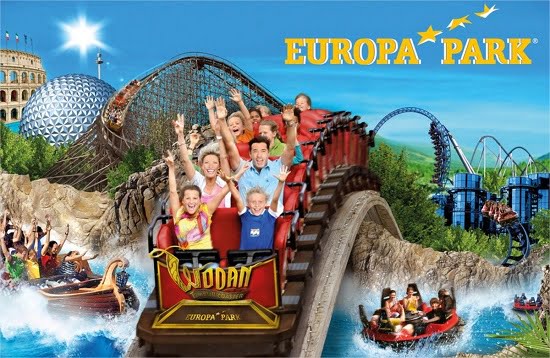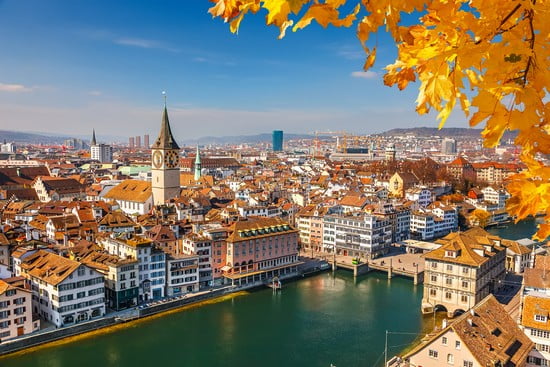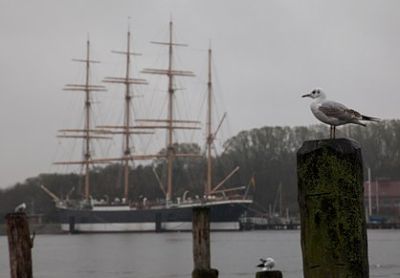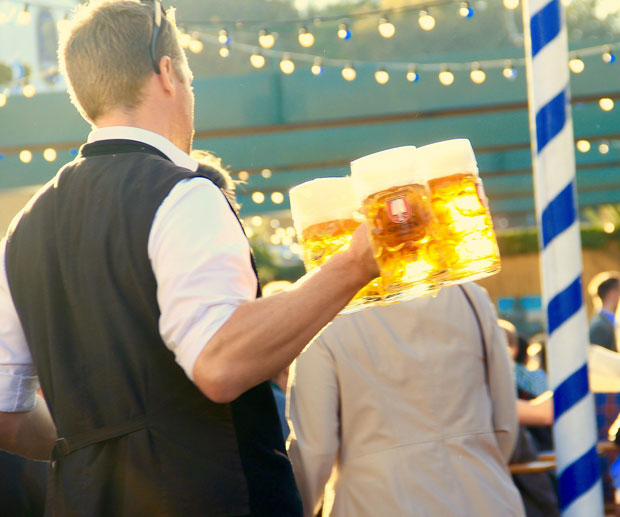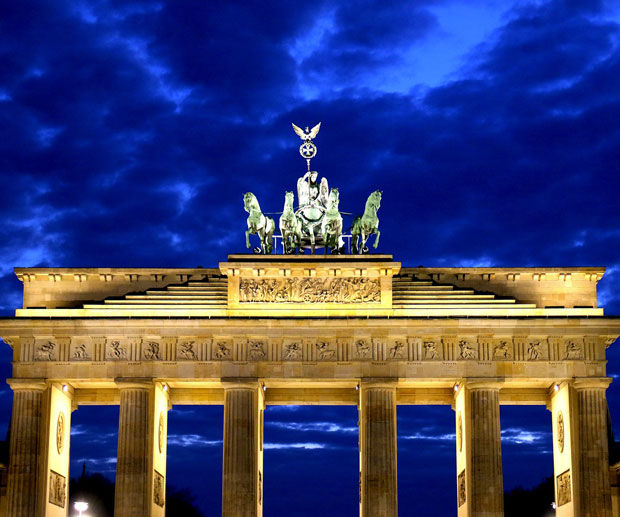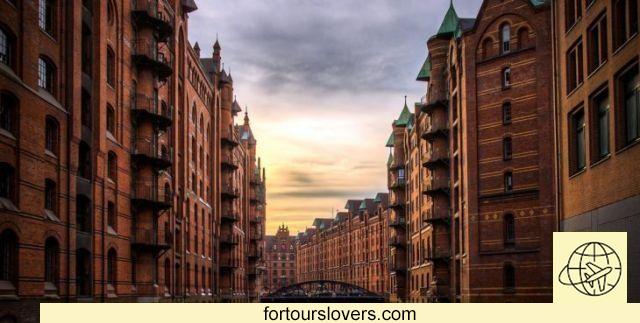
Hamburg
11 things to do and see in Hamburg and 1 not to doBy temperament and culture of the inhabitants Hamburg is more like a Danish or Dutch city than any other German city. Perhaps, as regards nightlife and new trends, a comparison is only possible with Berlin, and there are even those who argue that from this point of view the former is now preferable to the latter. The reason should be found in the lesser "tourism" of the city, which would make here new and spontaneous what in the German capital, however, immediately becomes known and therefore commercial. in conclusion a mix of avant-garde and tradition that in recent years has begun to attract an increasing number of visitors. And who knows if the increased tourist popularity does not end up taming that feeling of discovery that for the moment still runs through the city, manifesting itself in different areas: from architecture, to painting, passing through music to gastronomy. Hoping this doesn't happen, or before it happens, let's go through Hamburg's main points of interest together. Happy reading.
1 Rathaus
"" Libertatem quam peperere maiores digne studeat serve posteritas ". This Latin inscription at the entrance to Hamburg's Rathaus - which translated means more or less "Posterity should take care to worthily preserve the freedom that the ancestors gave birth" - explains the spirit of the city better than many words. Both from the historical point of view, recalling the city's grandeur at the time of the Hanseatic League; both with reference to the present with the invitation to maintain what has been achieved over the centuries. A commitment held in high regard by the inhabitants of Hamburg, so much so that the Town Hall was rebuilt twice at the cost of enormous sacrifices: a first time at the end of the nineteenth century (1886-1897) to remedy the damage caused by a fire that broke out years earlier (1842); the second, after the British bombing of 1943 which we will talk about a little more in depth in the next point. The imposing facade is very long 111 meters and is surmounted by a tower that measures meters instead 112while they are 436 the steps to climb to the top. Inside the rooms are 647, only a part of which can be visited as part of the tours in German, French and English carried out daily. Even just the outside, however, with 20 German emperors depicted on the facade, the mosaic of the goddess Hannona above the central balcony and the aforementioned tower are undoubtedly worth the visit. Not to be missed!
2 Church of San Nicola
About 500 meters from the Hamburger Rathaus are the remains of the St. Nicholas Church (Mahmal St. Nikolai) among Hamburg's most popular tourist attractions. There are two main reasons for visiting this place: the presence of a museum that collects artifacts, images and other documentary traces on the terrible British bombing that at the end of July 1943 destroyed part of the city causing hundreds of thousands of deaths; the other reason is the presence of the imposing bell tower from whose panoramic terrace, located just over 70 meters high, you can see a beautiful view of the city. Precisely the grandeur of the bell tower provided the British air force with an easy point of reference to carry out one of the most tragic carnages in the history of the Second World War. Therefore today the museum inside the church, in addition to recalling the tragic events of that year, also acts as a warning against all the nationalistic and potentially warmongering drifts that occasionally appear on the European public scene. Among other things, and it is an aspect of no small importance, theglass lift that takes visitors to the terrace has also been equipped for the transport of disabled people so that they can easily climb to the top and enjoy the panorama en plein air of Hamburg. For more information see the place: mahnmal-st-nikolai.de (English version available).
3 Hamburger Kunsthalle
The visit of the Kunsthalle is undoubtedly among the things to do in the city. Let's talk about the Hamburg's most important art gallery, but its prestige far exceeds the city limits. For completeness and quality of the works on display, in fact, we are at the top in Germany and Europe. Suffice it to consider that the gallery's permanent collection covers a time span of about eight centuries: from the Middle Ages to the twentieth century, with contributions from every nation of the Old Continent. Of course, German art and painting are very well represented here, but the size of the museum is absolutely international. Just to mention a few names without claiming to be exhaustive: Lucas Cranach the Elder, Francisco Goya, Giambattista Tiepolo, Manet, Monet, Rodin, Gaugin, up to Munch and Picasso. In short, one complete overview of European art that does not mind incursions and updates on the best of the contemporary scene. For more information on days, times, prices and how to visit, consult the place: www. hamburger-kunsthalle.de (English version available).
4 Church of San Michele
The St. Michaelis Church is an unmissable stop on a visit to Hamburg. Especially those who want to immortalize the panorama of the city cannot fail to visit this one Protestant baroque church, among the largest and most famous in northern Germany. On the entrance portal stands one bronze statue of the archangel in the act of crushing the devil. Inside we point out the crypt where several famous people are buried, including Carl Philip Emmanuel Bach, son of the great composer Johann Sebastian. It is not over, because the 5 organs present and the main altar are also worth a look, where, according to tradition, some salient moments in the life of Jesus are depicted. We said, however, that from a tourist point of view Hauptkirche Sankt Michaelis is famous above all for the viewpoint which is about eighty meters high; well below, therefore, the bell tower which counts as many as 132 meters. You can choose to go up on foot but for those who are unable to do so there is a comfortable lift. The view encompasses almost the entire sky line of the city and deserves especially in the evening when the soft light of the sunset envelops Hamburg (for more information www.st-michaelis.de). Finally a tip: not far away (approx. 400 meters) there is the museum dedicated to Johannes Brams, the most representative musician of the city, among other things baptized in the church of San Michele. To be seen!
5 St. Pauli
Less than a kilometer from the Church of San Michele there is St. Pauli, area of the city famous for the Red light district. It goes without saying, this road of about one kilometer (Reeperbahn) has not been slow to establish itself as one of the main tourist attractions in Hamburg. Not only for sex, which nevertheless continues to play an important part, as happens in Amsterdam, but for the large number of restaurants, pub e night clubs that follow one another. It's not over because Sankt Pauli hosts the Fish Market, the city's fish market, another legacy of Hamburg's port tradition that certainly did not struggle to establish itself as a tourist destination (see next point). In short, St. Pauli (together with the district of Sankt Georg frequented by the LGBT community) houses thealternative and transgressive soul of the city. Those who want to have fun frequent these areas, protected by the security guaranteed by the police, and thanks to the decorum ensured by the public administration. Finally one curiosity: the fame of St. Pauli also contributed greatly to the Beatles, whose legend begins with a series of performances in Hamburg at the end of the 50s of the last century. Not to be missed!
6 Fischmarkt
Hamburg's fish market is what it is commonly referred to as "A must see place". In short, an unmissable stop for anyone visiting the Hanseatic city, to the point that there are those who spend the night waiting for it to open (at 5 from April to October; at 7 from November to March). Others, on the other hand, get up early in the morning to actively participate in this real collective rite that has been going on since 1703. Rite that consists of different aspects: from live music (Yes, you read that correctly!); to the sandwich with smoked herring and beer; to the more traditional breakfast with cappuccino and brioche; finally passing through the excited phases of buying and selling seize market screamers ("marktschreier") committed to promoting their respective merchandise (not just fish). Not to be missed!
7 Elbphilarmonie
Like almost all large European cities, Hamburg has also been hit by profound changes that have contributed to updating the present architectural heritage. The port area, and specifically the HafenCity district, from this point of view represents one of the most successful examples of urban transformation. Just visit the Elbe Philharmonic (Elbphilarmonie) to realize it. We are talking about a total work of art in which architectural innovation, concert activity and geographical position interact perfectly, giving the visitor awe and wonder. Building that houses two concert halls, a hotel and several residential apartments and is accessed by an escalator that goes up 82 meters from the street to the Plaza, an open space located at the intersection between the lower part of the structure ( an old red brick warehouse where cocoa, tea and tobacco remnants were kept until the 90s) and the upper part, instead, dedicated to concerts and music. For more information on Elbphilarmonie consult the Official site: www.elbphilharmonie.de (English version available). To be seen!
8 Speicherstadt
The district of HafenCity has also been part of the Speicherstadt, Hamburg's department store street. We are talking about 17 warehouses built between the 1943th and XNUMXth centuries for the storage of goods of all kinds, with a prevalence of spices, cocoa, coffee and tobacco. The construction of these seven to eight storey high buildings along the banks of the Elbe took place after the signing of the customs contract between Hamburg and the German Empire. In practice, the Reich, in exchange for entering the Customs Unit of the German States, recognized the city as a limited area not subject to any taxation. Today, of course, merchant traffic no longer takes place in this area which, however, has survived itself thanks to the combination of two factors: having been, in part, spared from the Allied bombings of XNUMX which we have already mentioned; secondly, the ability to convert these spaces into museums and offices mostly dedicated to creativity and culture, thus supporting the growing tourist vocation of the area. It is here, in fact, that they are different museums: that, in fact, of the Customs; the museum of Spices; the museum Maritime up to Miniatur Wunderland which we will discuss more fully in the next point. So much variety, together withexcellent architectural conservation, was worth the district la Unesco protection, operational since summer 2015. To be seen!
9 Miniatur Wunderland
Among the unmissable stops on a trip to Hamburg there is also Miniatur Wunderland, futuristic exhibition space with the scale reproduction of different European scenarios. The place of honor obviously goes to the host city, but Scandinavia, Austria, the United States, Switzerland and Italy are worthily represented. Of the latter, great importance has been given to the landscapes of the South, above all Pompeii and the Amalfi Coast, but woe to forget Venice and Rome. It is not over, because the temples par excellence of contemporary mobility are also reproduced in an almost perfect way: airport and railway station, with attached circulation of airplanes and trains just like in reality. The effect is truly stunning and the visit is particularly recommended for those traveling with children in tow. For more information on timetables, prices and visiting methods, consult the Official site: www.miniatur-wunderland.com (English version available).
10 Tiepark Hagenbeck
There is not only Miniatur Wunderland for those who travel with children in tow. Hamburg is definitely a child-friendly city with many green areas and equipped for the entertainment of children and more generally for outdoor activities (approx. 40% of the territory). A special mention goes to the city zoo. The Tiepark Hagenbeck, in fact, is a well-kept zoo where animals (penguins, geese, seals, walruses, polar bears, brown bears, kangaroos and many other species) live in open spaces surrounded by moats, giving visitors an image of freedom and safety. In short, the attention to animal welfare (ca. 2500) is very high in accordance with a long tradition dating back to 1863, when the progenitor Carl Lagenbeck, hence the name of the zoo, exhibited for the first time in the St. Pauli district some seals. The collecting of exotic animals then continued with the family heirs, except for the parentheses of the two world wars. For more information on opening times, prices, methods and times of visits, consult the Official site: www.hagenbeck.de.
11 Blankenese
Our journey to discover Hamburg ends with a day trip to Blankenese, a small residential area about fifteen kilometers from the city center. It is a rich neighborhood, lying along the bank of the Elbe, whose peculiarity consists in the fact of being entirely pedestrian, crossed by alleys and steps mostly cobbled. Although it is an architecture different from the Mediterranean one, more than one has advanced the comparison with the Italian Sorrento. And, in fact, especially during the summer, the comparison between the serene image of Blankanese, between white houses and flower beds, and the rather melancholy one of the industrial area is easy across the river. There are two ways to reach Blankanese: by ferry, from the port of Hamburg; or by train with the local S-Bahn. To be seen!
1 Be careful in the districts of Sankt Pauli and Sankt Georg
The premise is that Hamburg is a huge city, second only to Berlin by extension. It is therefore inevitable that there are potentially dangerous areas of the city, where you need to be a little careful. This is especially true for the more transgressive districts of Sankt Pauli and Sankt Georg (especially the latter), even if - it should be reiterated - the security level is high. The merit is first of all of the police but also tourism, without forgetting the decorum guaranteed by the local administration, play a positive role in circumscribing degradation and social deviance. In short, the only requirements to be observed are the "classic" ones, valid for every large city: avoid running around with a lot of cash; leave the bag unattended at the bar tables; keep the wallet in the back pocket of your trousers; etc. For the rest, do not worry and have a good holiday!





